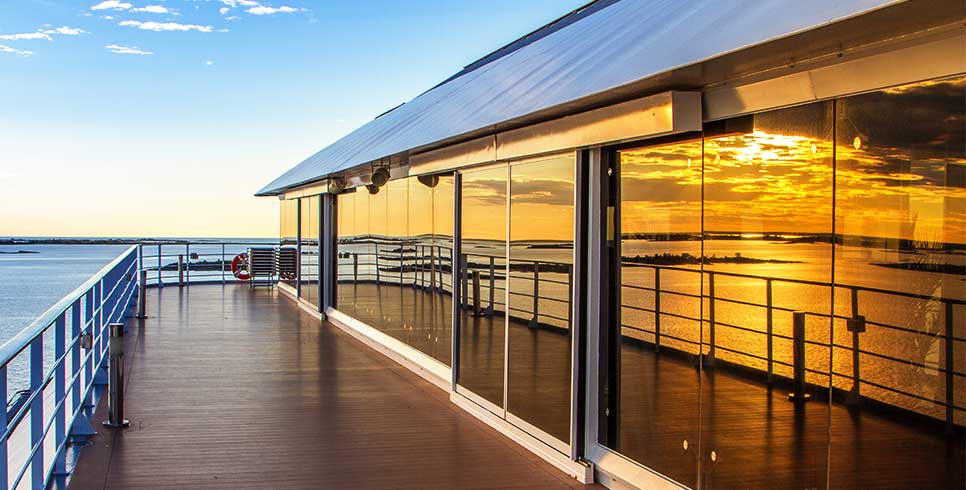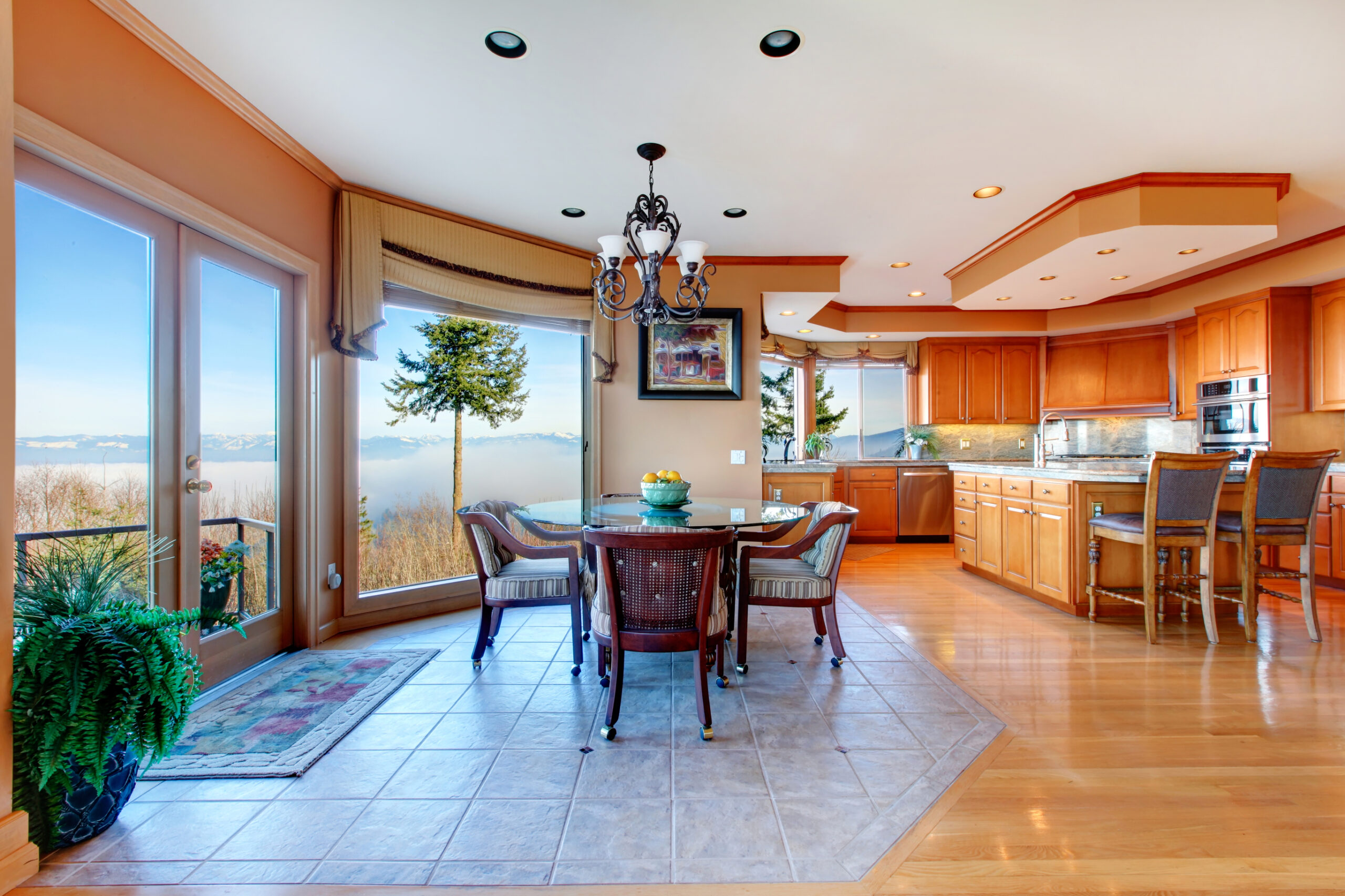Out in the high desert outside of Bend, Oregon, sits perhaps the most extraordinarily designed home ever built in the United States. Desert Rain is a five-building residential compound consisting of three residential units—and they’re currently the greenest houses in America.
The architectural project is the first residential compound in the world to be certified under the hyper-strict Living Building Challenge, as well as carrying certifications of LEED Platinum and Earth Advantage Platinum. How green is Desert Rain? To start, it makes more energy than it consumes. That’s pretty green.
This one-of-a-kind project was built as an experiment by Oregon-based Tozer Design to demonstrate the viability of sustainable and resilient communities. Lead designer Al Tozer Jr. designed Desert Rain with shades of the southwest desert as well as the home’s current location in the wilds of Oregon. Owners Tom Elliot and Barbara Scott first simply wanted to design and build a LEED-certified home that employed green technology. But they were later catalyzed by the Living Building Challenge to build the compound that would eventually become Desert Rain.
Inventing the Future Home
 The boundaries set by the Living Building Challenge meant a complete re-design of the project by Tozer. While a LEED certification is extreme, the Living Building Challenge takes green design to another level.
The boundaries set by the Living Building Challenge meant a complete re-design of the project by Tozer. While a LEED certification is extreme, the Living Building Challenge takes green design to another level.
The home had to be 100% net-zero energy, allow for 100% self-contained collection of rainwater, 100% processing of waste water, and carbon neutral. The project could not contain any materials from what its organizers dub “The Red List,” consisting of dangerous substances like asbestos, mercury, and lead. But the list also includes some chemicals that are widely used in home construction including an ingredient in nearly all plastic water pipes as well as a common welding element. That meant Tozer and his team not only had to surmount challenges; sometimes they had to invent their own solutions.
However, simply meeting the technical specifications of the Living Building Challenge isn’t enough. The certification also requires projects to maintain a human scale, nods to democracy and social justice, and carry a design that integrates beauty, spirit, inspiration, and education.
Only 49 other buildings worldwide have earned the certification, and Desert Rain is the first residential project to earn the distinction. The Desert Rain home has even inspired a book about its eight-year journey to fruition.
The Costs and Benefits of Sustainability
 Creating this remarkable home also wasn’t easy, or cheap. Because of the complex nature of the experiment, Tozer had to assemble a network of sustainability experts, contractors, specialists, and landscape architects, not to mention sourcing the home’s unique materials. The eventual final price tag of Desert Rain is $3.48 million, roughly three times the cost of a new, high-end modern home in nearby Bend.
Creating this remarkable home also wasn’t easy, or cheap. Because of the complex nature of the experiment, Tozer had to assemble a network of sustainability experts, contractors, specialists, and landscape architects, not to mention sourcing the home’s unique materials. The eventual final price tag of Desert Rain is $3.48 million, roughly three times the cost of a new, high-end modern home in nearby Bend.
Desert Rain’s owners finally fully moved into the home in 2014. In Desert Rain’s first two years as a residence, its owners used nothing but water from their rain collection system, which is recycled in their 30,000-gallon cistern. The home also generated over 13,000 kilowatt hours of power, which is enough energy to power another home for a year.
Inspiring Others to Action
 For its owners, Desert Rain is meant to be an inspiration; demonstrating to homeowners, designers, and builders that it really is possible to build a better, healthier, more sustainable home, as reflected by Barbara Scott’s recent comments to Oregon Public Broadcasting.
For its owners, Desert Rain is meant to be an inspiration; demonstrating to homeowners, designers, and builders that it really is possible to build a better, healthier, more sustainable home, as reflected by Barbara Scott’s recent comments to Oregon Public Broadcasting.
“I think if I were to do it again, I would do it in a way where people would look at it and say, ‘Wow, maybe I can do this.'”
Find out more about the Desert Rain House by visiting DesertRainHouse.com.




